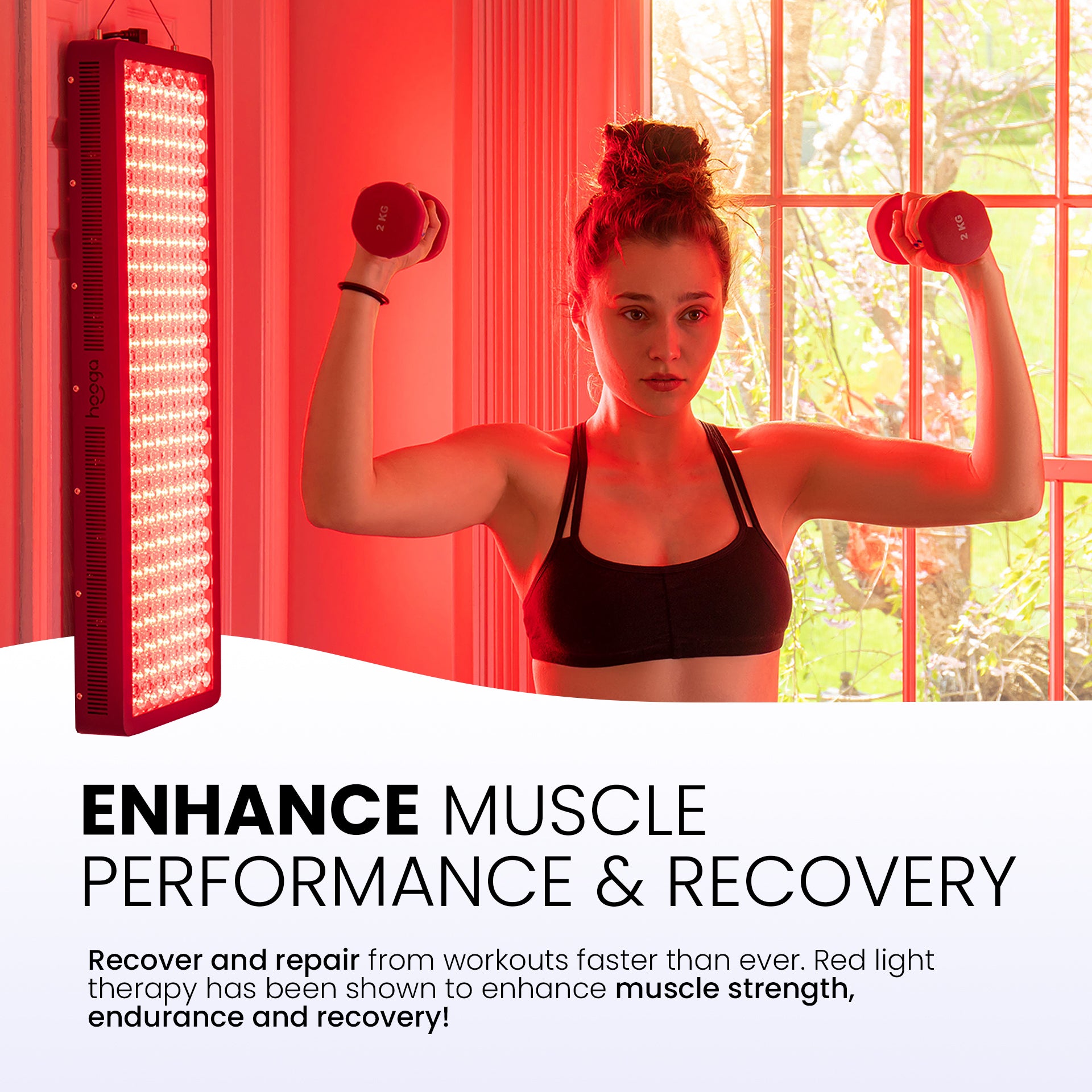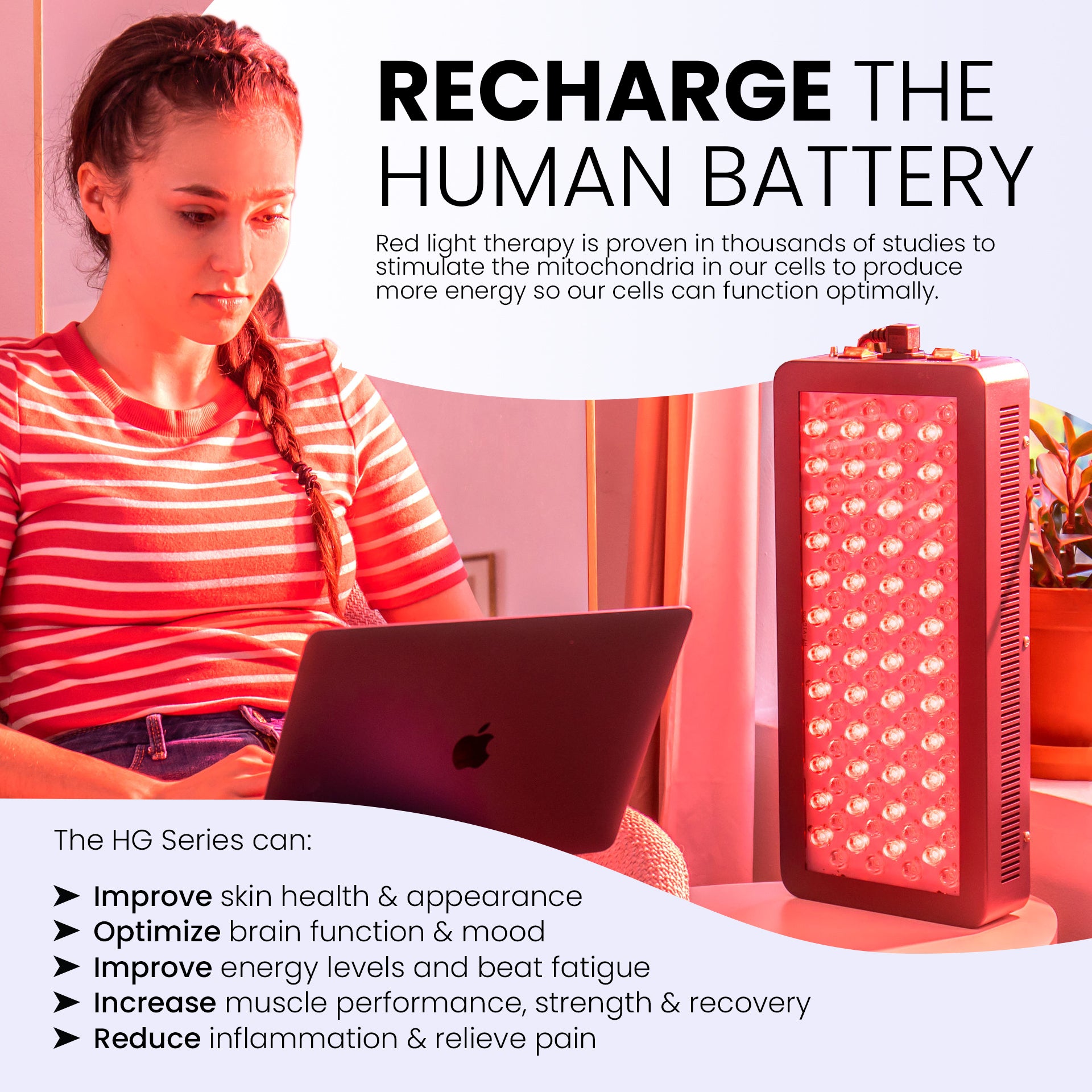Spearheading the Future of Health And Wellness: A Closer Consider Photobiomodulation
Wiki Article
Opening the Possible of Photobiomodulation: A Promising Method for Healing Treatment
Are you curious regarding the capacity of photobiomodulation for restorative treatment? Imagine a scenario where an individual experiencing from chronic pain finds relief with a non-invasive treatment that uses light. This is specifically what photobiomodulation offers. It is an appealing technique that uses the power of light to stimulate healing and decrease inflammation in different clinical problems. By targeting details mobile procedures, photobiomodulation has shown potential in accelerating wound healing, decreasing pain, and promoting tissue regeneration. In this introduction, we will check out the systems of action, applications in medicine, and the present evidence supporting the efficacy of photobiomodulation. Additionally, we will discuss future directions and potential challenges in opening its complete possibility as a healing treatment.Recognizing Photobiomodulation
To comprehend photobiomodulation, you require to comprehend the concept of exactly how light treatment can directly influence cellular procedures in your body. Photobiomodulation, also understood as low-level light therapy, is a non-invasive therapy that makes use of certain wavelengths of light to stimulate biochemical reactions in your cells.The healing impacts of photobiomodulation are far-ranging and have been examined thoroughly in different clinical fields. It has revealed promising cause promoting tissue repair and regrowth, decreasing inflammation, soothing pain, and enhancing wound healing. Photobiomodulation has actually been found to have a favorable effect on neurological problems, such as traumatic mind injury and stroke, by boosting neural task and advertising neuroplasticity.
Among the vital advantages of photobiomodulation is its safety and security profile. Unlike other treatments, photobiomodulation does not cause or produce any type of warm cells damages. It is a non-invasive and pain-free treatment that can be executed in a clinical setting and even in the comfort of your own home with making use of portable gadgets. Nonetheless, it is essential to keep in mind that photobiomodulation needs to be administered by trained professionals or according to the manufacturer's instructions to make sure optimal results and security.

Mechanisms of Action
In comprehending the devices of action, you will certainly uncover exactly how photobiomodulation straight influences mobile processes through details biochemical reactions. When light is used to the body, it is taken in by chromophores, such as cytochrome c oxidase and flavins, which are existing in the mitochondria. This absorption causes a waterfall of events that inevitably result in cellular adjustments.Photobiomodulation raises the activity of cytochrome c oxidase, a vital enzyme in the mitochondria that is entailed in the electron transportation chain. As a result, mobile metabolic process is improved, advertising cells repair work and regrowth.
Furthermore, photobiomodulation has actually been revealed to modulate mobile signaling paths. It triggers various growth variables and signifying particles, such as nitric oxide and responsive oxygen types, which play crucial duties in procedures like angiogenesis, inflammation, and cell proliferation. These signaling pathways contribute to the healing effects of photobiomodulation, advertising cells healing and lowering pain and swelling.
Applications in Medicine
Explore the wide-ranging applications of photobiomodulation in medication. Photobiomodulation, likewise referred to as low-level light treatment, is a non-invasive therapy that uses light to advertise and promote mobile procedures healing. In medicine, this method has actually revealed appealing outcomes across numerous fields.Among the primary applications of photobiomodulation is in discomfort monitoring. pbm light therapy. It has been used to relieve both chronic and acute discomfort, including musculoskeletal conditions, additional info neuropathic discomfort, and post-operative pain. By targeting the damaged location with details wavelengths of light, photobiomodulation can minimize inflammation, look what i found advertise cells fixing, and offer alleviation
Furthermore, photobiomodulation has shown prospective in wound healing. It can increase the recovery process by boosting cell expansion, promoting angiogenesis, and reducing scar tissue formation. This has substantial effects in the treatment of persistent injuries, such as diabetic person abscess and stress sores.
In dermatology, photobiomodulation has actually been made use of for its anti-inflammatory and regenerative effects. It can improve the look of marks, lower acne lesions, and promote hair development in conditions like androgenetic alopecia.
Furthermore, photobiomodulation has actually revealed guarantee in neurorehabilitation. It can boost cognitive feature, improve electric motor healing, and aid in the therapy of neurodegenerative illness like Alzheimer's and Parkinson's.
Medical Proof and Research Study Findings

In the field of bone and joint problems, photobiomodulation has actually been located to reduce pain and inflammation, improve variety of movement, and speed up cells fixing. In addition, photobiomodulation has actually revealed favorable results on injury recovery by advertising collagen angiogenesis, synthesis, and fibroblast expansion.
Additionally, research study has revealed that photobiomodulation can have neuroregenerative and neuroprotective results. It has actually been discovered to enhance cognitive function, decrease neuroinflammation, and enhance neuronal survival and synaptic plasticity. This has important implications for the therapy of neurological problems such as Alzheimer's illness, Parkinson's illness, and stroke.
Future Directions and Potential Obstacles
Relocating onward, it is crucial to think about the future directions and potential obstacles bordering making use of photobiomodulation as a restorative intervention. One key future instructions is the exploration and optimization of dosing criteria. Currently, there is no consensus on the optimum wavelength, intensity, duration, and regularity of photobiomodulation treatment. More study is needed to recognize the dose-response connection and establish evidence-based standards for scientific practice.Another crucial future direction is the advancement of cost-effective and mobile photobiomodulation devices. While present tools work, they are often large, pricey, and require specialist supervision - photobiomodulation laser. The growth of inexpensive and easy to use devices would considerably boost ease of access to this treatment, permitting more individuals to benefit from its possible therapeutic effects
Furthermore, future study should concentrate on illuminating the devices underlying photobiomodulation. Regardless of its growing popularity, the exact systems whereby photobiomodulation applies its healing results are not fully understood. Comprehending these systems would certainly not just boost our expertise of the treatment but likewise help in the advancement of more targeted and efficient treatments.
Nonetheless, there are additionally possible obstacles that require to be addressed. photobiomodulation. These include the requirement for standard methods, the need for properly designed professional tests with bigger example sizes, and the need for long-term follow-up studies. Additionally, governing and safety and security factors to consider need to be considered to make sure the risk-free and effective use photobiomodulation in scientific method.
Conclusion
In conclusion, photobiomodulation holds terrific assurance as a therapeutic intervention in medication. With recurring studies and developments in this field, photobiomodulation has the possible to unlock brand-new opportunities for improving patient results.Are you interested regarding the possibility of photobiomodulation for healing intervention? By targeting specific cellular procedures, photobiomodulation has shown potential in accelerating wound healing, minimizing discomfort, and advertising cells regrowth.Furthermore, photobiomodulation has actually shown potential in wound healing.Moving forward, it is important to consider the future directions and potential challenges surrounding the use of photobiomodulation as a healing treatment. With recurring research studies and advancements in this area, photobiomodulation has the possible to unlock new possibilities for enhancing patient end results.
Report this wiki page